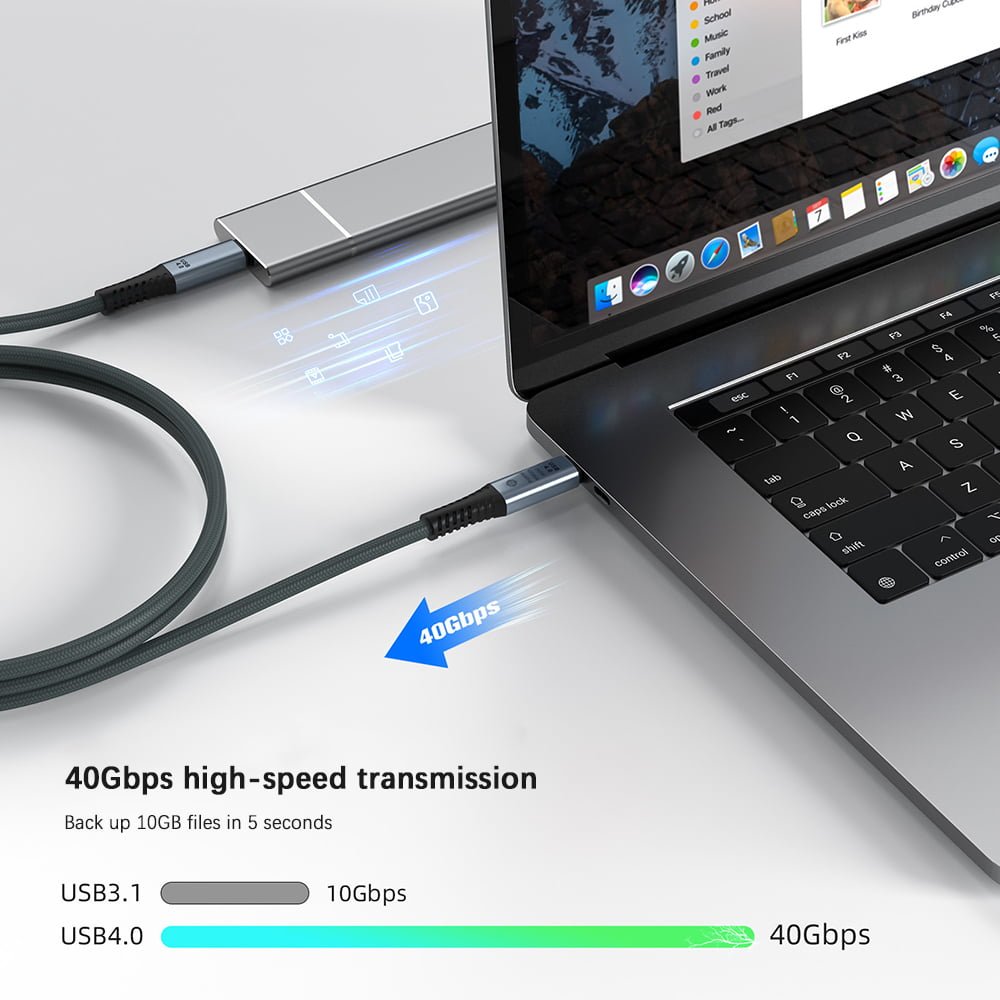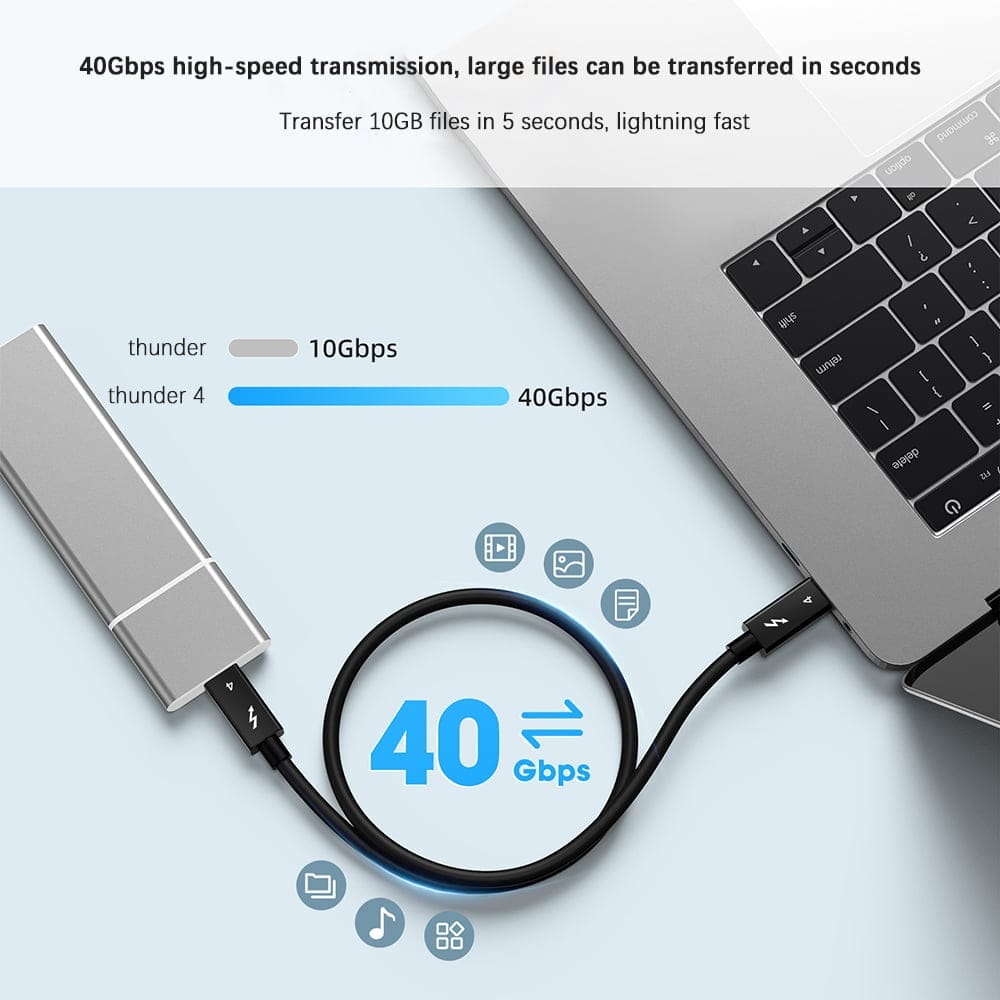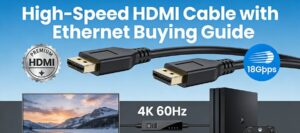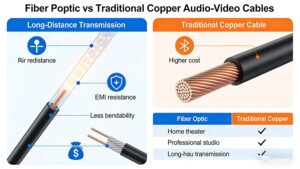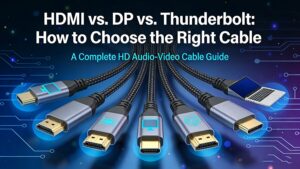Introduction
Understanding the evolution of USB technology
The Universal Serial Bus (USB) technology has seen several iterations since its introduction in the late 1990s. Each new version brings improvements in speed, power delivery, compatibility, and efficiency. Here is a brief overview of the evolution of USB technology:
| USB 1.0 | The first version of USB was introduced in 1996 with a maximum data transfer rate of 12Mbps. It featured a single data line for communication and was primarily used for connecting peripherals like keyboards and mice. |
| USB 2.0 | Released in 2000, USB 2.0 increased the maximum data transfer rate to 480Mbps and introduced the concept of high-speed and full-speed devices. It also enabled faster charging through the introduction of the dedicated charging port. |
| USB 3.0 | USB 3.0, also known as SuperSpeed USB, was introduced in 2008 with a maximum data transfer rate of 5Gbps. It included additional data lines for faster communication and was backward compatible with USB 2.0 devices. |
| USB 3.1 | introduced in 2013, increased the maximum data transfer rate to 10Gbps. It also introduced the USB Type-C connector, which is reversible and supports higher power delivery for charging larger devices. |
| USB 3.2 | USB 3.2, released in 2017, further increased the maximum data transfer rate to 20Gbps. It combined the capabilities of USB 3.1 and USB-C to provide even faster transfer speeds and power delivery. |
| USB4 | USB4, announced in 2019, is the latest version of USB technology. It consolidates the USB-C connector and Thunderbolt 3 technology to provide a maximum data transfer rate of 40Gbps. USB4 also supports various video and data protocols for improved compatibility across devices. |
The benefits and features of USB 4.0 cable
USB 4.0 cable offers faster data transfer speeds, reaching up to 40Gbps, which is double the speed of USB 3.2. This means you can transfer large files in just seconds, making your workflow more efficient. It also supports multiple display connections, making it easier to connect to multiple monitors or high-resolution displays. Additionally, USB 4.0 is backwards compatible with previous USB versions, ensuring seamless connectivity with all your devices. With all these benefits, upgrading to USB 4.0 is a no-brainer for anyone looking to enhance their digital experience.
High-Speed Data Transfer
The incredible speed of USB 4.0
USB 4.0 offers an incredible speed boost compared to its predecessors. With speeds reaching up to 40 Gbps, it allows for lightning-fast data transfers, making it perfect for anyone looking for quick and efficient connectivity. Whether you’re backing up large files, streaming high-definition video, or transferring photos, USB 4.0 has you covered. Say goodbye to slow transfer speeds and hello to the future of connectivity with USB 4.0.
How it revolutionizes data transfer
This allows for instant access to information from anywhere in the world, streamlining communication and collaboration between individuals and organizations. With these innovations, data transfer has become more convenient and reliable, leading to increased productivity and innovation in various industries. The revolution in data transfer has paved the way for a more connected and data-driven world, bringing countless opportunities for growth and development.
Applications of high-speed data transfer in various industries
- Healthcare: High-speed data transfer is crucial in the healthcare industry for quickly sharing medical records, test results, and imaging files between healthcare professionals and facilities. This allows for faster diagnosis, treatment, and collaboration among different providers.
- Finance: In the finance industry, high-speed data transfer is essential for conducting trades, analyzing market data, and executing transactions in real-time. It enables financial institutions to respond quickly to market changes and take advantage of investment opportunities.
- Manufacturing: High-speed data transfer is used in manufacturing for tracking production processes, managing supply chains, and monitoring equipment performance. This helps improve efficiency, reduce downtime, and optimize production schedules.
- Telecommunications: Telecommunications companies rely on high-speed data transfer to provide fast and reliable communication services to customers. This includes transmitting large amounts of data for video streaming, cloud computing, and high-speed internet access.
- Retail: In the retail industry, high-speed data transfer is used for processing online transactions, managing inventory, and analyzing customer data. This enables retailers to offer personalized shopping experiences and optimize their sales strategies.
- Transportation: High-speed data transfer is essential in the transportation industry for tracking vehicles, managing logistics, and monitoring traffic conditions. This helps improve efficiency, reduce delays, and enhance safety on the roads.
- Energy: The energy sector uses high-speed data transfer for monitoring power grids, analyzing energy consumption, and optimizing renewable energy sources. This enables energy companies to improve reliability, reduce costs, and enhance sustainability.
- Research: High-speed data transfer is crucial in research institutions for analyzing large datasets, sharing research findings, and collaborating with colleagues around the world. This helps advance scientific discoveries and innovations in various fields.
Bi-Directional Capabilities
How it enhances user experience
Enhancing user experience is essential for any product or service to be successful, and there are several ways in which it can be achieved:
- User-friendly interface: Having a clean and intuitive interface that is easy to navigate and understand can greatly enhance the user experience. This includes having clear navigation menus, buttons, and labels that make it easy for users to find what they are looking for.
- Personalization: Tailoring the user experience to each individual user can make them feel more connected and engaged with the product or service. This can be done through personalized recommendations, custom settings, and interactive features that adapt to user behavior.
- Fast loading times: Slow loading times can frustrate users and lead to a negative experience. Ensuring that the product or service loads quickly and smoothly can greatly enhance the user experience.
- Accessibility: Making sure that the product or service is accessible to all users, including those with disabilities, can improve the overall user experience. This can include features such as alt text for images, keyboard-friendly navigation, and screen reader compatibility.
- Feedback and support: Providing users with a way to give feedback or ask for help can enhance their experience by showing that their opinions and needs are valued. This can include support chat services, feedback forms, and FAQs.
Enhanced Compatibility
Understanding the compatibility of USB 4.0 with previous versions
USB 4.0 is fully backwards compatible with previous versions of USB, including USB 3.2, USB 2.0, and USB 1.1. This means that USB 4.0 devices can connect to and work with devices that use older versions of USB. However, when connecting a USB 4.0 device to a device with an older version of USB, the data transfer speeds will be limited to the maximum speed supported by the older version of USB. For example, if you connect a USB 4.0 device to a USB 3.0 port, you will only be able to transfer data at USB 3.0 speeds, not the faster speeds supported by USB 4.0. It is important to note that in order to take full advantage of the faster speeds and capabilities of USB 4.0, both the device and the port it is connected to must support USB 4.0 technology.
Power Delivery and Protocols
The power delivery capabilities of USB 4.0
USB 4.0, also known as USB4, has significantly improved power delivery capabilities compared to previous versions. It is capable of delivering up to 100 watts of power, which is double the maximum power delivery of USB 3.0. This increased power delivery capability allows for faster charging of devices, as well as the ability to power larger devices such as external monitors and docking stations. Additionally, USB 4.0 supports USB Power Delivery (USB PD) 3.0, which enables devices to negotiate power delivery levels up to 100 watts. This means that devices can receive just the right amount of power they need, optimizing charging speed and efficiency. Overall, the power delivery capabilities of USB 4.0 make it a versatile and powerful solution for charging and powering a wide range of devices.
Flexibility and Durability
The flexible nature of USB 4.0 Cable
The USB 4.0 standard design to be highly flexible, offering backward compatibility with older USB devices while also supporting faster data transfer speeds and increased power delivery capabilities. This flexibility allows users to connect a wide range of devices to their computers or other devices without having to worry about compatibility issues.
Durability in various usage scenarios
They design to be more robust and long-lasting compared to older USB standards, meaning they can withstand repeated plugging and unplugging without breaking or becoming damaged. This durability is especially important in scenarios where devices frequently connect and disconnected, such as in office environments or when traveling.
How it addresses the demands of modern technology users
Overall, the flexibility and durability of USB 4.0 cable make it an ideal choice for modern technology users who require reliable and high-performance connectivity solutions. Whether they are connecting peripherals to a computer, charging their devices, or transferring large amounts of data, USB 4.0 can meet their needs while also offering peace of mind in terms of longevity and reliability.
Frequently Asked Questions
Common queries about USB 4.0
- What is USB 4.0? USB 4.0 is the latest version of the Universal Serial Bus (USB) protocol, which used for connecting peripherals such as keyboards, mice, printers, and external storage devices to a computer.
- What are the key features of USB 4.0? USB 4.0 offers faster data transfer speeds, improved power delivery, and support for multiple data and display protocols over a single cable. It also introduces a more efficient use of bandwidth and better compatibility with existing USB devices.
- Is USB 4.0 backwards compatible with previous versions? Yes, USB 4.0 is backwards compatible with USB 3.2, USB 2.0, and other earlier versions of the USB protocol. However, to take advantage of the new features and higher speeds of USB 4.0, both the device and the host must support the new standard.
- What devices are expected to support USB 4.0? New laptops, desktop computers, smartphones, tablets, and other devices expected to support USB 4.0 in the future. Manufacturers are gradually incorporating the new standard into their products as it becomes more widely adopted.
Clarifications on key aspects of the technology
- How does USB 4.0 differ from Thunderbolt 3? USB 4.0 is based on the Thunderbolt 3 protocol, which was previously exclusive to Intel products. USB 4.0 brings Thunderbolt 3’s features like high-speed data transfer, power delivery, and display support to a wider range of devices through the USB interface.
- Can USB 4.0 support multiple 4K displays? Yes, USB 4.0 supports multiple 4K displays or a single 8K display through the use of the DisplayPort Alt Mode 2.0 standard. This allows for high-resolution video output without the need for additional adapters or cables.
Addressing concerns and misconceptions
- Is USB 4.0 necessary for everyday users? For most everyday users, USB 4.0 may not be essential, especially if their current devices and peripherals work well with existing USB standards. However, for those who require faster data transfer speeds, higher power delivery capabilities, and more display options, USB 4.0 could be a worthwhile investment

